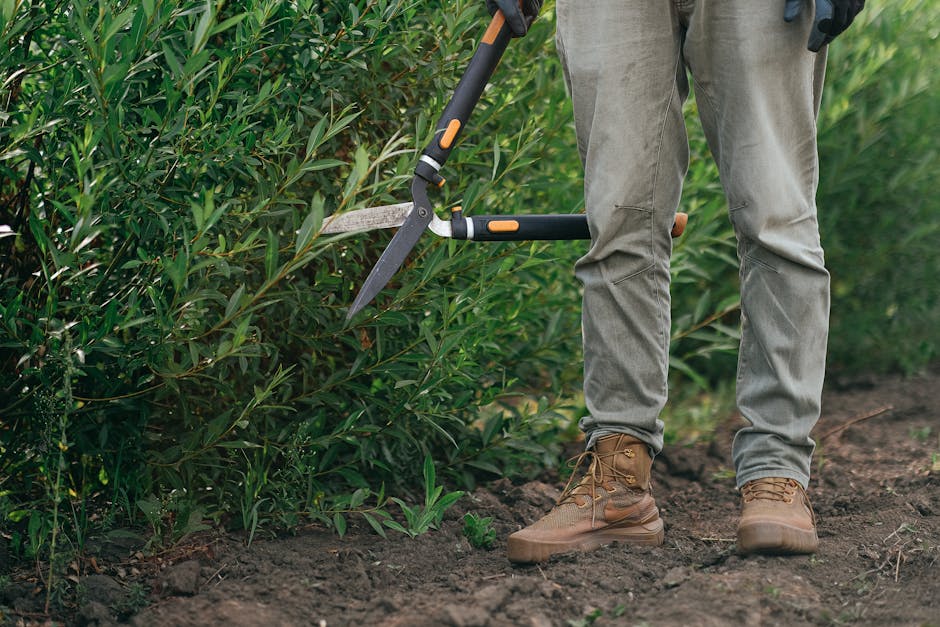How to Use Trauma Shears: The Ultimate Guide
When it comes to emergency medical situations, having the right tools is paramount. *Trauma shears* are one such essential tool, designed to cut through tough materials quickly and efficiently during critical moments. These specialized scissors are not your everyday household pair; they are crafted with *precision* and *durability* in mind, making them indispensable for medical professionals, first responders, and tactical operatives. Their unique design allows them to cut through clothing, bandages, and even seat belts with ease, ensuring that you can access and treat injuries without unnecessary delay.
Understanding how to use trauma shears effectively can make all the difference in an emergency. The *ergonomic* design of these shears provides comfort and control, allowing users to perform tasks swiftly under pressure. From the angled blade that helps in sliding under clothing without harming the patient to the blunt tip that prevents accidental injuries, every feature of trauma shears is engineered for optimal performance.
As we delve deeper into the intricacies of using trauma shears, we'll explore their various applications, maintenance tips, and best practices to ensure you're well-equipped for any situation. Whether you're a seasoned professional or new to the field, mastering the use of trauma shears is a skill that enhances your capability to save lives. Are you ready to elevate your emergency response toolkit? Find out more by visiting our website and discover how our premium trauma shears can make a difference.
Key Features of Trauma Shears
Trauma shears are indispensable in emergency scenarios due to their unique and thoughtfully engineered features. One of the most important aspects is their razor-sharp blades, typically made from high-quality stainless steel. These blades are designed not only for sharpness but also for durability, ensuring they remain effective even through repeated use on tough materials.
Another standout feature is the serrated edge on one of the blades, which provides excellent grip and control when cutting through slippery or thick fabrics. This design element is crucial for ensuring clean cuts without snagging, which can save valuable time in an emergency.
The handles of trauma shears are often crafted with ergonomic grips, allowing for comfortable and secure handling even when wearing gloves. This is especially important for medical and tactical professionals who must remain nimble and responsive under stress.
Additionally, the angled blade design is a critical feature that aids in maneuverability. It allows the shears to slide easily under clothing or bandages while minimizing the risk of injury to the patient. The blunt tip further enhances safety by preventing accidental pokes or cuts.
Finally, many trauma shears are designed to be *autoclavable*, meaning they can be sterilized at high temperatures for reuse, maintaining hygiene standards crucial in medical settings. These features collectively make trauma shears a reliable and essential tool for anyone in the field of emergency response.
Step-by-Step Guide to Using Trauma Shears

Understanding how to use trauma shears properly can significantly impact the efficiency and safety of emergency procedures. Here is a step-by-step guide to ensure you're using your shears effectively:
- Assess the Situation: Before cutting, quickly evaluate the material you need to remove and ensure it's safe to proceed. Identify the best point of entry for the shears, often at a seam or edge.
- Position the Shears: Hold the shears with a firm grip, positioning the blunt tip against the skin or material to avoid accidental injury. The angled blade design allows for easy sliding under garments or bandages.
- Cut with Confidence: Apply steady pressure and begin cutting in a smooth, controlled motion. Use the serrated blade to maintain grip on the fabric, ensuring a clean cut without snagging.
- Work Methodically: Move systematically across the material, maintaining a firm grip and keeping the shears close to the skin to minimize resistance. This approach helps maintain control and precision.
- Check for Obstructions: As you cut, be vigilant for any obstacles such as zippers, buttons, or medical devices. Adjust your cutting angle as necessary to navigate around these obstacles smoothly.
- Maintain Cleanliness: After use, clean the shears thoroughly to remove any debris or contaminants. If your shears are autoclavable, sterilize them according to the manufacturer’s instructions to ensure they are ready for future use.
By following these steps, you can ensure that you are making the most of your trauma shears, maximizing both safety and efficiency in critical situations.
Common Mistakes to Avoid with Trauma Shears

Even experienced professionals can make errors when using trauma shears, which may compromise their effectiveness or safety. Recognizing these common mistakes can help you avoid them and ensure optimal performance:
- Using Dull Blades: Trauma shears are designed for sharp, precise cuts. Regularly inspect and maintain your shears to ensure they remain sharp. Dull blades can lead to tearing rather than cutting, increasing the risk of injury or material damage.
- Improper Cleaning: It's vital to clean your shears after each use to prevent contamination. Neglecting this step can lead to rust and reduced performance. Follow the manufacturer’s guidelines for cleaning and sterilization to maintain hygiene and functionality.
- Incorrect Grip: Holding the shears incorrectly can reduce cutting efficiency and increase fatigue. Ensure you use a firm, comfortable grip that allows precise control, especially in high-pressure situations.
- Cutting Inappropriate Materials: Trauma shears are not designed for cutting metal or other hard materials. Attempting to do so can damage the blades and compromise their effectiveness for intended use. Always adhere to the recommended material guidelines.
- Ignoring Ergonomics: Using trauma shears for extended periods without considering ergonomics can lead to hand strain or discomfort. Choose shears that offer ergonomic designs to reduce fatigue and enhance comfort during prolonged use.
Avoiding these mistakes will help you maintain the high performance and reliability of your trauma shears, ensuring they are ready to perform when seconds count.
Maintenance and Care for Trauma Shears

Proper maintenance and care are essential to ensure that your trauma shears remain in peak condition, ready to perform in critical situations. By following a few key practices, you can prolong the lifespan of your shears and maintain their cutting efficiency.
Regular Cleaning: After each use, clean your trauma shears with warm, soapy water to remove any blood or debris. This step is crucial for preventing contamination and rust. For a deeper clean, use a disinfectant solution recommended for medical instruments.
Dry Thoroughly: Moisture is a leading cause of rust and corrosion. Ensure that your shears are completely dry before storing them. Use a soft, lint-free cloth to wipe them down, paying special attention to the pivot point and blades.
Sharpening: Over time, even the best shears may lose their sharp edge. Regular sharpening can restore their cutting power. It's advisable to use a professional sharpening service familiar with medical instruments or follow manufacturer instructions if self-sharpening is an option.
Inspect for Damage: Routine inspections can help identify any wear and tear, such as loose screws or chipped blades. Addressing these issues promptly can prevent further damage and ensure the shears remain safe and effective.
Proper Storage: Store your trauma shears in a dry, clean environment. Consider using a dedicated case or pouch to protect them from knocks and exposure to elements that could cause damage.
By incorporating these maintenance routines, you ensure that your trauma shears are reliable and ready for use when you need them most. Consistent care not only extends their usability but also upholds the standards expected in professional settings.
Choosing the Right Trauma Shears for Your Needs

Selecting the right trauma shears is crucial for professionals who rely on these tools in high-pressure situations. With numerous options available, it's important to consider various factors to ensure you choose a pair that suits your specific needs.
Material Quality: The material of the shears greatly affects their durability and performance. **Stainless steel** blades are a popular choice due to their resistance to rust and corrosion, providing longevity and reliability.
Blade Design: Trauma shears typically come with serrated blades, which help grip and cut through tough materials like fabric and plastic. Consider shears with a blunt tip to safely navigate near the skin without causing injury.
Handle Comfort: Ergonomically designed handles can make a significant difference during prolonged use. **Comfortable grips** reduce hand fatigue and provide better control, which is essential for precise cutting.
Size and Portability: Depending on your role and environment, the size of the shears can be a deciding factor. Compact shears are easier to carry and store, while larger shears may offer more leverage for tougher cuts.
Additional Features: Some trauma shears come with added features like a built-in oxygen tank wrench or a carabiner for easy attachment to gear. Evaluate these extras based on your specific professional requirements.
By considering these factors, you can find trauma shears that not only meet your needs but also enhance your efficiency in critical situations. **Discover more about our premium trauma shears by visiting our website at** www.oneshear.com. Ensure you have the right tools at hand to perform your duties with confidence and precision.





